

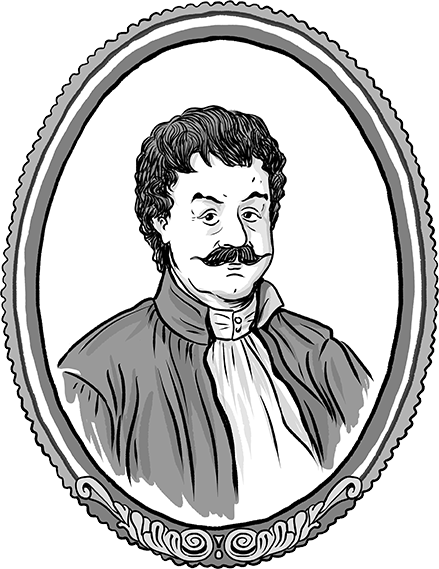
(Velestino, 1757 – Belgrade, 1798): Scholar, political thinker and revolutionary. He studied at the Zagora school in Pilio. He worked as a private tutor and grammarian in Constantinople and Bucharest thus attaining great wealth. His published work, in which he invited Greeks and fellow Balkans to claim their freedom, was considered revolutionary. He was arrested by the Austrian police and handed over to the Turks, who murdered him.
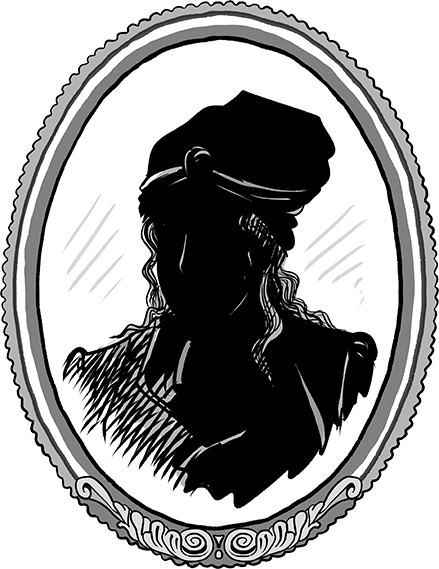
(? – 1865): 1821 fighter and member of the Filiki Etairia from Tatavla, Constantinople. After the beheading of her brother by the Ottoman authorities on 23 April 1821, she managed to flee to the rebel held section of Greece where she developed key actions. Her contribution was attested to by Nikitaras, the Brave Kolokotronis and others when she later applied for an honorary pension.
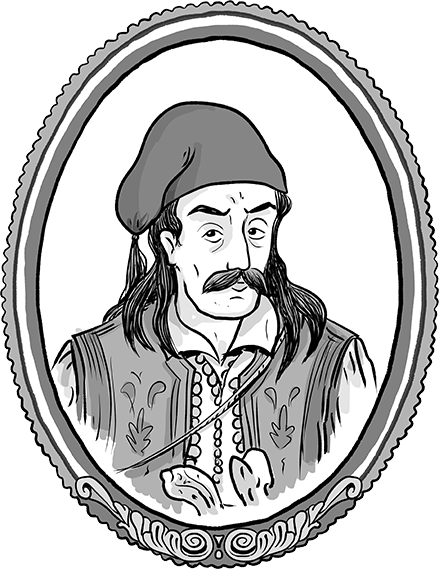
(Magouliana Gortynia, 1798 – Tripoli, 1879): 1821 fighter and memoirist. In 1813 he moved on to Kishinev where he worked as a sales assistant. He was introduced to the Filiki Etairia and in 1820 he was sent to the Peloponnese from Odessa. He joined up with Kolokotronis and as his adjutant, he followed the progress of the Struggle. In 1824 he married the daughter of the wealthy Tripolitsa merchant, Sotiris Sardelis. During the Kapodistrias administration he settled in Tripoli with the rank of major, while during Otto’s rule he was appointed as forest warden. The publication of his memoirs began in 1858. He also wrote the works The Life of Papaflessas (1868), Lives of Peloponnesian Men… (1888) and a collection of myths and proverbs.
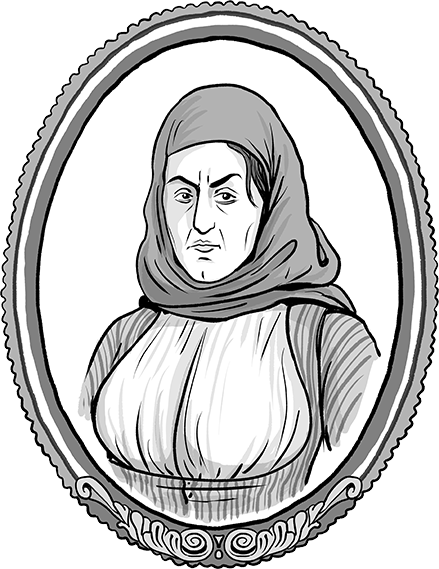
(Constantinople, 1771 – Spetses, 1825): Captain from Spetses. Originally from Hydra, through her husband she possessed a large fortune which she increased through commercial enterprises. When the Revolution was declared in Spetses, she put her wealth and ships at the disposal of the Struggle. She took part in military operations and contributed to the provision of supplies to the Greek forces. She did not participate in the civil war because she was excluded by the Koudourioti government in Spetses. She was killed in her home in Spetses due to a domestic dispute (22 May 1825).
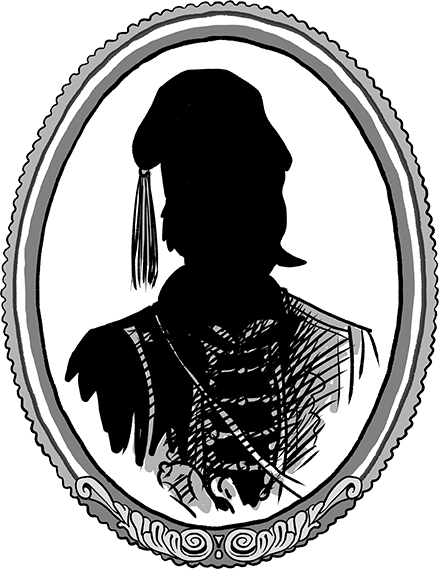
(Adrianoupoli, 1758 – Messolonghi, 1866): He was concerned with trade. In 1818 he was introduced to the Filiki Etairia. During the Revolution, he accompanied Odysseas Androutsos and was later integrated into the standing army. In 1830 he was appointed as commandant of Palamidi. He was a witness to Kapodistrias’s murder. During Otto’s rule he enlisted in the regular army and after his discharge he settled in Messolonghi. He requested financial support in 1865 from the Committee of Fighters but did not receive it. He published three historical works aiming at the reinstatement of Odysseas Androutsos and Georgios Varnakiotis. His memoirs were published in 1976.
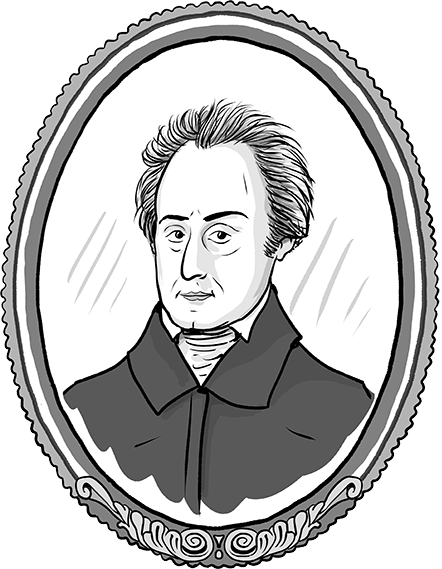
(Zakynthos, 1798 – Corfu, 1857): Poet, iconic figure of the Revolutionary school. He studied law in Italy. While there he began writing verses in Italian and associated with distinguished intellectuals and scholars of that period. In 1818, he returned to Zakynthos and after turning to the Greek language for his poetry, composed the “Ýmnos eis tīn Eleutherían” (“Hymn to Liberty”). In February 1843 he was awarded the Gold Cross of the Order of the Saviour medal because “his poetry aroused the people’s emotions in the struggle for national independence”.
